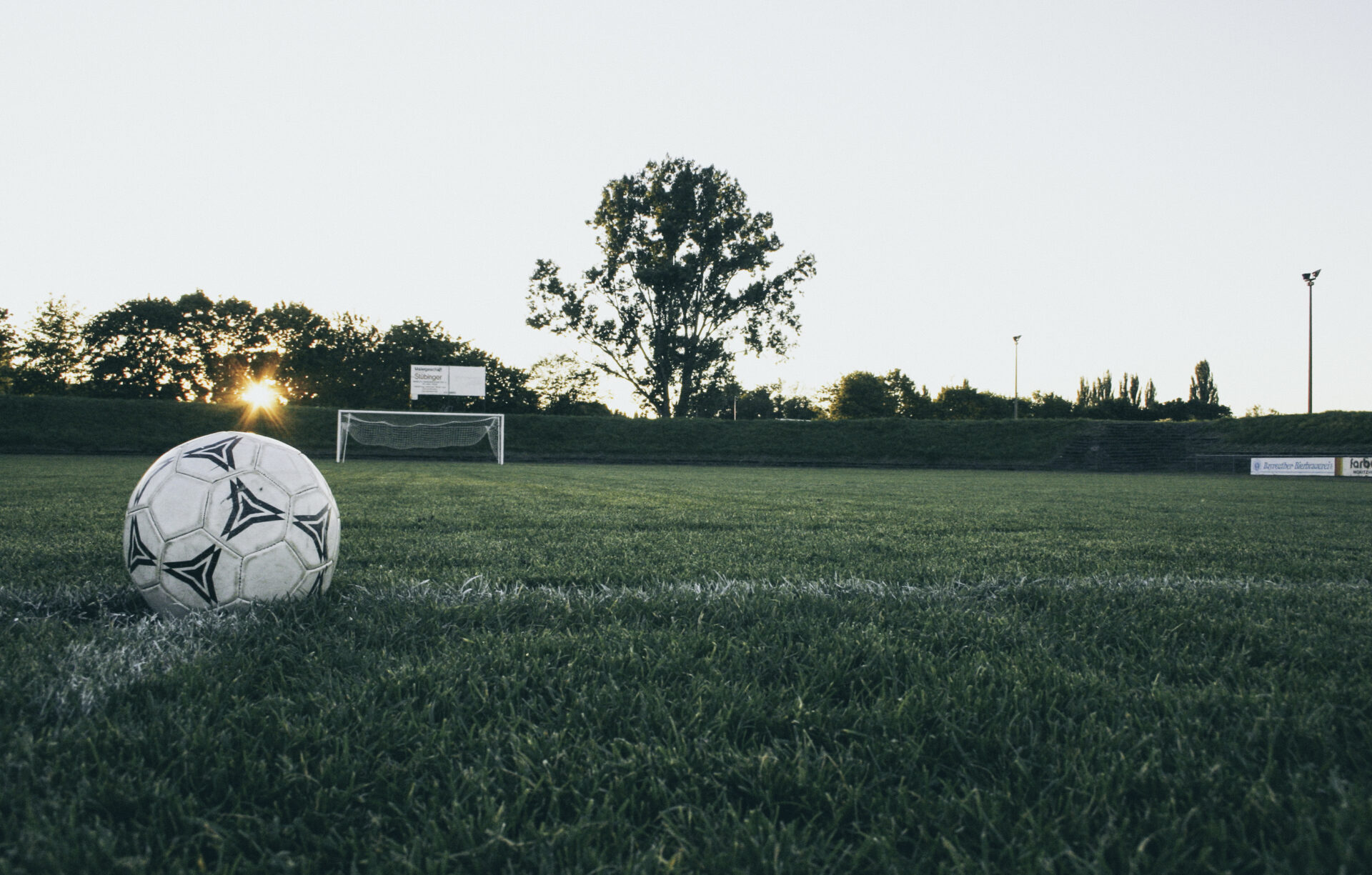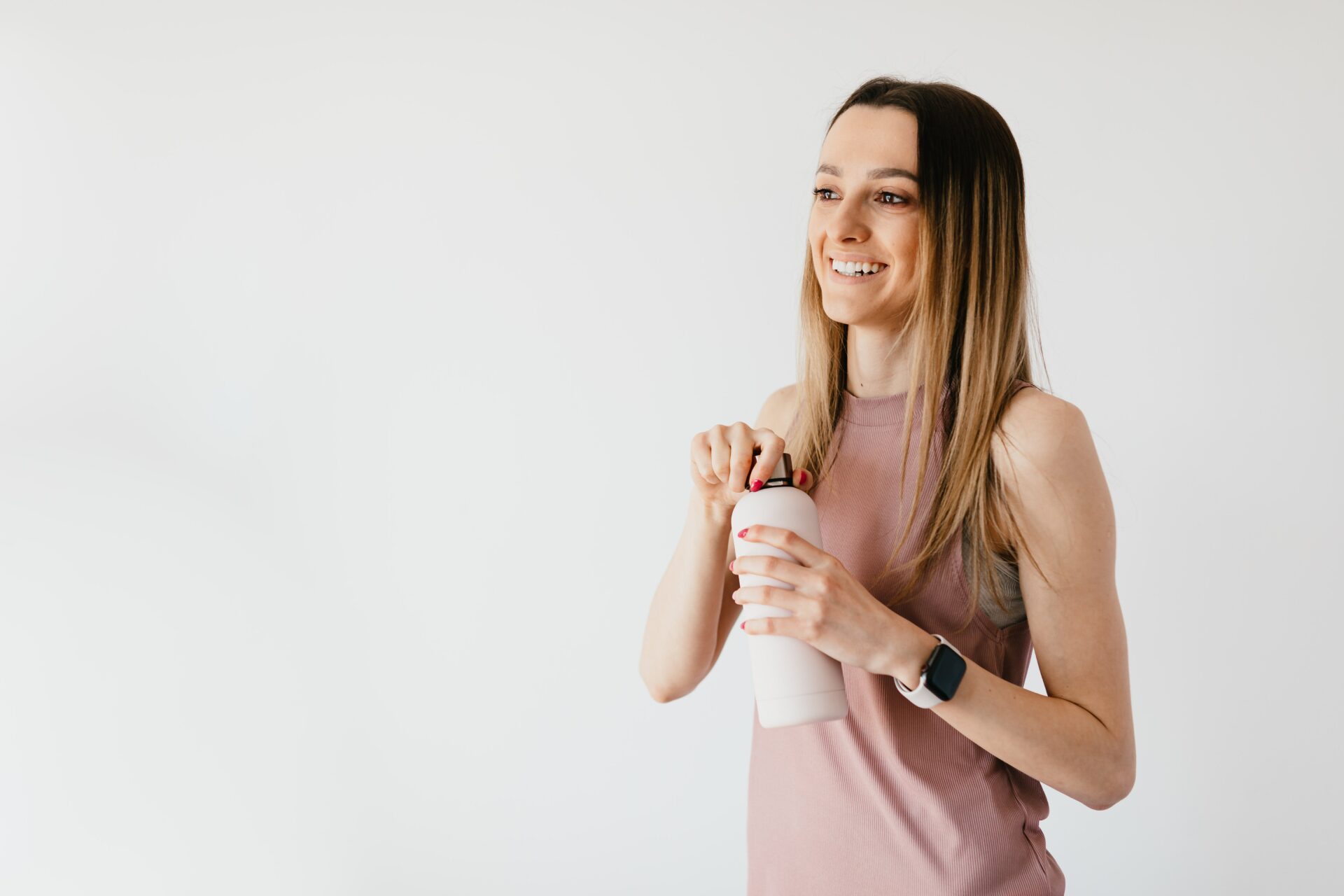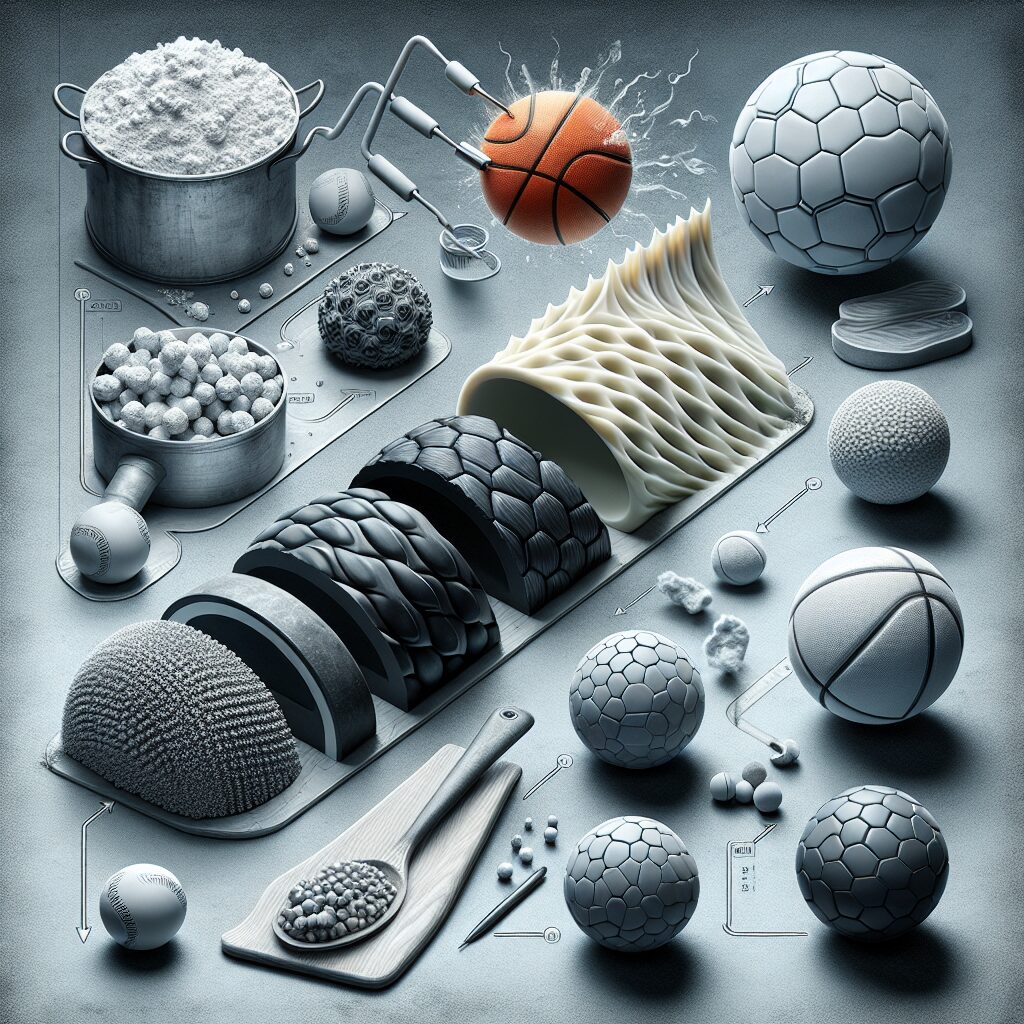The soccer ball is a well-known piece of sporting equipment used by millions of players and spectators across the world. It is essentially a spherical object made up of several different materials that work together to provide air retention, shape, and durability. The materials used in the manufacture of a soccer ball vary depending on the brand, but typically include rubber, polyurethane, foam, and leather. Each material serves an important purpose in creating the perfect soccer ball.The soccer ball is usually made up of synthetic leather or other man-made materials such as polyurethane or a combination of both. The panels on the ball are stitched together and an internal bladder is filled with air.
Types of Materials Used to Make Soccer Balls
Soccer balls are typically made from a variety of materials, including leather, synthetics, and rubber. Leather soccer balls have been around for centuries and are still used today. The traditional soccer ball is made from cowhide leather and is often referred to as a “hand-stitched” ball. The stitching of the leather panels creates a unique and durable surface which helps the ball fly farther and with greater accuracy. Synthetic soccer balls are becoming more popular due to their lighter weight, durability, and affordability. These synthetic balls are usually made from polyurethane or PVC material that is molded into shape. Rubber soccer balls typically come in two types: vulcanized rubber or thermoplastic rubber. Vulcanized rubber is heated at high temperatures to create a hard, durable outer shell. Thermoplastic rubber is softer than vulcanized rubber and is often used for training purposes because it’s easier on the feet when playing on harder surfaces like asphalt or concrete.
It’s important to note that soccer balls also use other materials such as cotton, nylon, polyester, rayon, and even hemp in their construction. Each type of material has its own unique properties which affect the performance of the ball when it comes to grip, accuracy, control, speed, bounce rate, spin rate and more. Ultimately each type of material has its own pros and cons so it’s important to consider each one before making a decision on which type of soccer ball to purchase for your use.
Natural Materials Used to Make Soccer Balls
Soccer balls are traditionally made from natural materials such as leather, rubber, and cork. The leather is used for the outer cover of the ball, while the rubber and cork are used in the inner core. Leather is a strong and durable material that has proven to be ideal for soccer balls. It provides good grip on the ball and allows it to move easily when kicked or thrown. Rubber and cork are also used because they provide a cushioning effect which helps absorb impact and reduce vibration when a soccer ball is kicked or thrown. This helps to reduce injury to players while also providing an overall better experience when playing the game.
Leather is usually treated with wax or another waterproofing agent before being used on a soccer ball. This helps to protect it from dirt and moisture, which can damage the leather over time. Leather also needs to be stitched together in order for it to be able to form a complete sphere, which is necessary for a soccer ball. Rubber and cork can also be treated with waterproofing agents in order to increase their durability.
The inner core of a soccer ball is typically made up of several layers of rubber or cork, depending on what type of ball it is. These layers are then stitched together in order to form a complete sphere which will then be covered by the outer layer of leather or other material. Soccer balls can also be made from synthetic materials such as polyurethane, but these tend not to last as long as those made from natural materials.
Overall, natural materials have been proven time and time again as being an excellent choice for making soccer balls due to their strength, durability, and ability to cushion impacts when kicked or thrown. The use of leather, rubber, and cork have all been integral components of traditional soccer balls since their inception many years ago and will likely remain so for many years to come.
Synthetic Materials Used to Make Soccer Balls
Soccer balls are made from a variety of synthetic materials. The most common materials used in the manufacture of soccer balls are polyurethane, polyvinyl chloride (PVC), nylon, and rubber. Each of these materials has its own unique characteristics that make it well suited for use in the construction of a soccer ball.
Polyurethane is a synthetic material that is lightweight and durable. It is also resistant to water, which makes it ideal for use in all-weather conditions. It is also highly resistant to abrasion and tearing, which makes it suitable for use on turf fields.
PVC is another popular material used to make soccer balls. It is lightweight and waterproof, making it perfect for use in wet weather conditions. PVC also offers excellent abrasion resistance, making it ideal for use on hard surfaces such as concrete or asphalt.
Nylon is also used to construct soccer balls as it offers superior strength and durability compared to other synthetic materials. Additionally, nylon provides excellent resilience when kicked or thrown with force. This makes it an ideal choice for players who enjoy playing on hard natural surfaces such as grass or dirt fields.
Finally, rubber is another material used to make soccer balls. Rubber offers superior shock absorption and durability compared to other synthetic materials, making it an ideal choice for players who enjoy playing on softer natural surfaces such as sand or clay courts. Additionally, rubber provides excellent grip when wet, allowing players to maintain control of the ball even in slippery conditions.
In conclusion, there are a variety of synthetic materials used in the construction of soccer balls each offering its own unique advantages and disadvantages depending on the surface they are being used on and the type of play they are intended for. As such, understanding what each material has to offer can help ensure that you are selecting the right ball for your specific needs and preferences.
Latex Bladders
Latex bladders are an important component of many sports balls, such as soccer balls, basketballs, and volleyballs. They provide the necessary bounce and resilience that allow athletes to play these games at their highest level. Latex bladders are made of natural latex rubber. This material is durable and resilient, making it ideal for use in sports equipment. It is also very lightweight, which helps reduce the overall weight of the ball and makes it easier to kick or throw. Latex bladders are designed to be filled with either air or pressurized gas such as nitrogen or helium. This allows them to maintain their bounce and resilience over time and prevents them from deflating quickly after being used. The material also helps absorb impacts when the ball is struck or kicked, reducing the risk of injury for athletes.
In addition to being used in sports equipment, latex bladders are also used in certain medical applications such as catheters and balloons for medical procedures. The material’s high elasticity makes it ideal for these types of applications as well. Latex bladders can also be used in other products such as mattresses and pillows since they provide a comfortable feel while still being very durable.
When choosing a latex bladder for any application, it is important to select one that meets your specific needs. Different types of latex bladders have different properties such as flexibility, durability, weight, and air retention capabilities. Choosing the right one can make a big difference in the performance of your product or equipment.
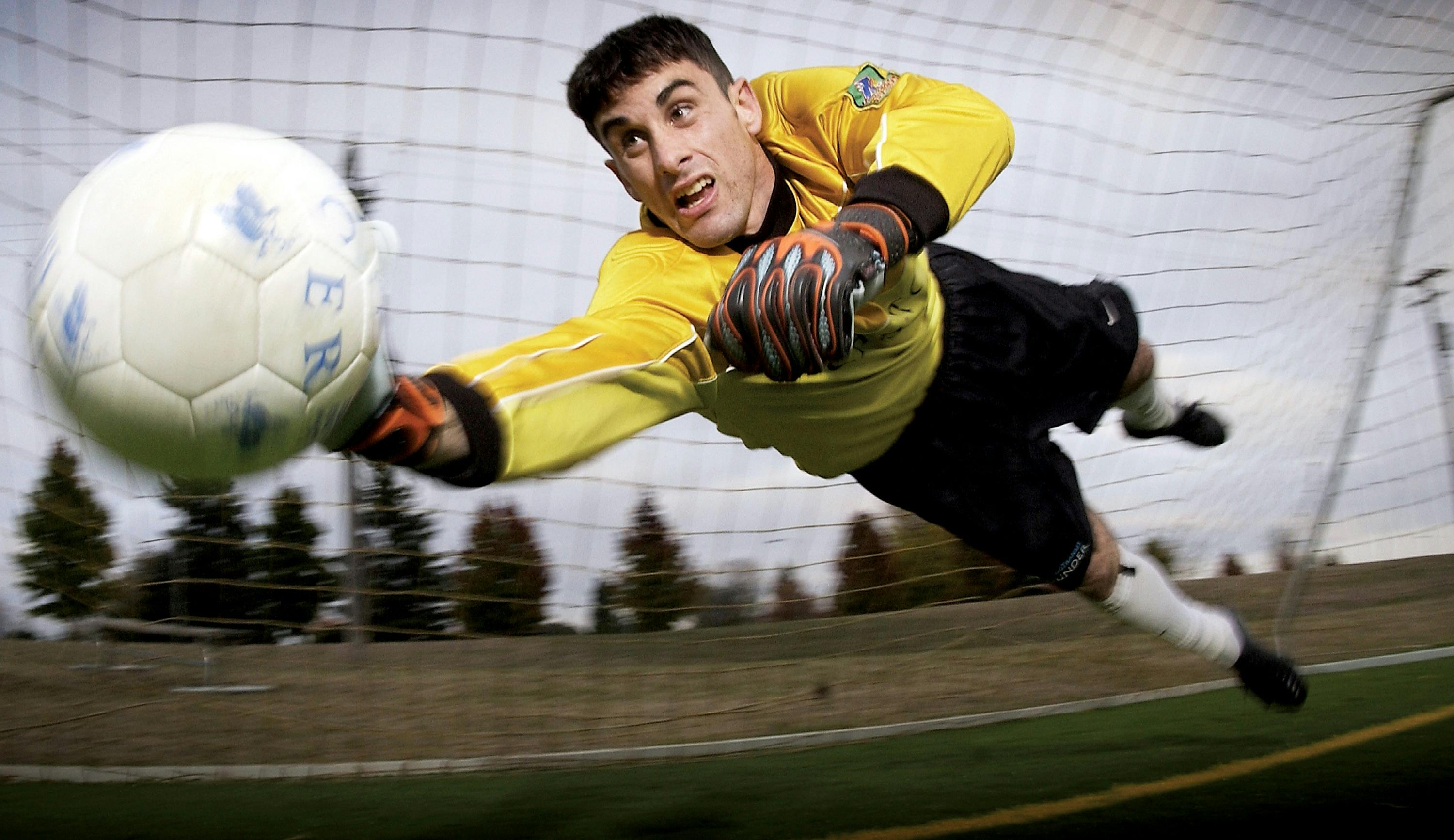
Leather Coverings
Leather is one of the most popular upholstery materials due to its durability and luxurious feel. It is also easy to clean and maintain, making it a great choice for furniture that will get a lot of use. Leather is also resistant to fading, so it can maintain its original look for years. The downside of leather is that it can be expensive and may not be suitable for those on a budget. But if you’re willing to invest in quality leather, it can last for many years and add an elegant touch to any room.
Fabric Coverings
Fabric coverings are a great choice for furniture that will be used frequently or in rooms where spills and stains are likely. There are many different types of fabrics available, so you can choose one that suits your needs and style. Fabrics also come in a wide range of colors, patterns, and textures, allowing you to customize the look of your furniture. Fabric coverings are generally less expensive than leather but may need more frequent cleaning or replacing due to wear and tear.
PU and PVC Coverings
Polyurethane (PU) and polyvinyl chloride (PVC) are two synthetic materials that are often used as upholstery coverings. PU is known for its durability, while PVC is usually more affordable but less durable than PU. Both PU and PVC are easy to clean and maintain, making them ideal choices for busy households or commercial settings. They come in a variety of colors, patterns, and textures that can help you create the look you want for your furniture.
The Difference between PU and PVC Coverings
Polyurethane (PU) and Polyvinyl Chloride (PVC) are two types of synthetic leather that are used for covering surfaces. Both materials have distinct characteristics and advantages that make them suitable for different purposes. PU is a more expensive material than PVC, but it also offers superior durability and abrasion resistance.
PU is a type of polymer that is composed of multiple layers of thermoplastic elastomer, which provides it with its excellent properties. This material can be dyed to any colour, allowing it to be easily matched with other materials in the environment. It also has great dimensional stability and can withstand extreme temperatures without losing its shape or structure. Furthermore, PU is highly resistant to water, oil, and other chemicals, making it an ideal choice for outdoor applications.
On the other hand, PVC is a cheaper option that offers good durability and flexibility. It is made from a combination of polyvinyl chloride resin mixed with plasticizers to provide flexibility. The material can be dyed to any colour as well as embossed with various textures. It also has good chemical resistance and can withstand temperatures up to 70°C without deforming or cracking. However, PVC does not have the same strength or abrasion resistance as PU does, so it may not be suitable for high-traffic areas or outdoor applications where it may be exposed to harsh weather conditions.
Overall, both PU and PVC offer different benefits depending on the application they’re used for. While PU offers superior durability and abrasion resistance at a higher cost, PVC provides good flexibility at a lower cost but may not be suitable for certain applications due to its lack of strength or abrasion resistance.
Advantages of PU and PVC Coverings
Polyurethane (PU) and polyvinyl chloride (PVC) are two popular materials commonly used for covering surfaces. Both materials offer a range of advantages to homeowners looking to protect their floors, furniture, and other surfaces. PU and PVC offer durability, water resistance, easy installation, and affordability.
Durability
PU and PVC are known for their high levels of durability. PU is especially resistant to wear and tear, making it a great choice for areas that experience heavy foot traffic. This makes it an ideal option for kitchen floors or entryways in homes with pets or children. PVC is also quite durable, but not as much as PU.
Water Resistance
Both PU and PVC offer excellent water resistance, making them perfect options for bathrooms, kitchens, or any areas that are prone to moisture buildup. The materials will not absorb liquid spills like wood or carpeting would, making them less susceptible to mildew growth or stains caused by water spills.
Easy Installation
Installing PU or PVC coverings is relatively straightforward compared to other materials such as tile or hardwood flooring. The sheets can be cut to fit the desired shape and size of the surface area they will be covering. This makes them a great option for DIY projects as well as professional installations.
Affordability
Finally, both PU and PVC are quite affordable compared to other materials such as hardwood flooring or tile work. The cost of the material itself is relatively low, making it an attractive option for budget-conscious homeowners looking to protect their surfaces without breaking the bank.
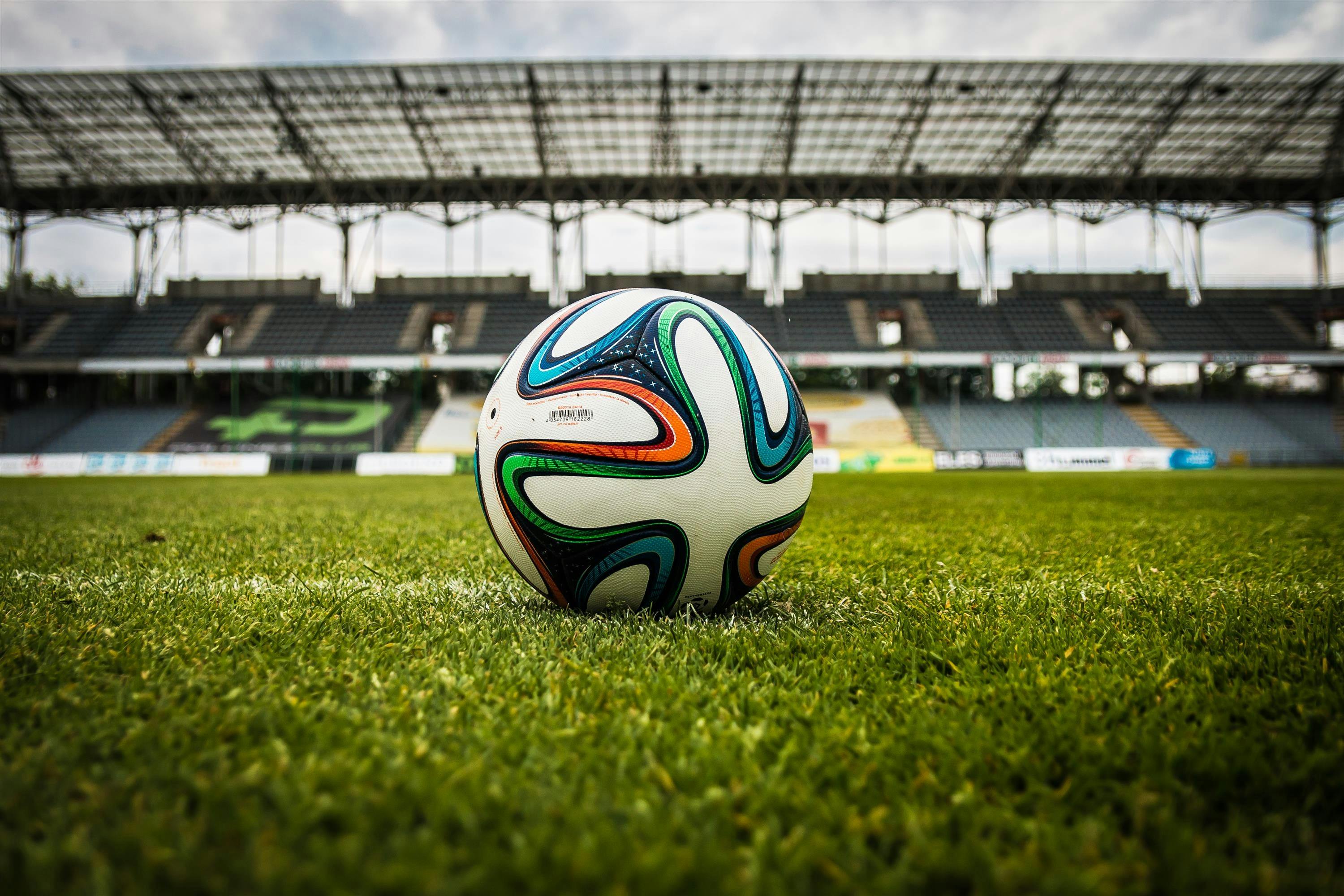
Conclusion
The soccer ball is a complex piece of equipment, made up of many different materials. The outer layer is typically made of synthetic leather, which is waterproof and designed to withstand the rigors of the sport. The bladder inside the ball is usually rubber or latex, while foam and plastic are used to provide cushioning and shape. Finally, the panels on the outside are stitched together to create a durable and attractive surface. With its combination of materials, the soccer ball has become an iconic piece of sporting equipment for players around the world.
It’s easy to take for granted just how sophisticated today’s soccer ball designs are. But with its combination of materials, it’s easy to see why this simple but effective design has been used for decades. It’s not only functional but also aesthetically pleasing – no wonder it has become so popular!

